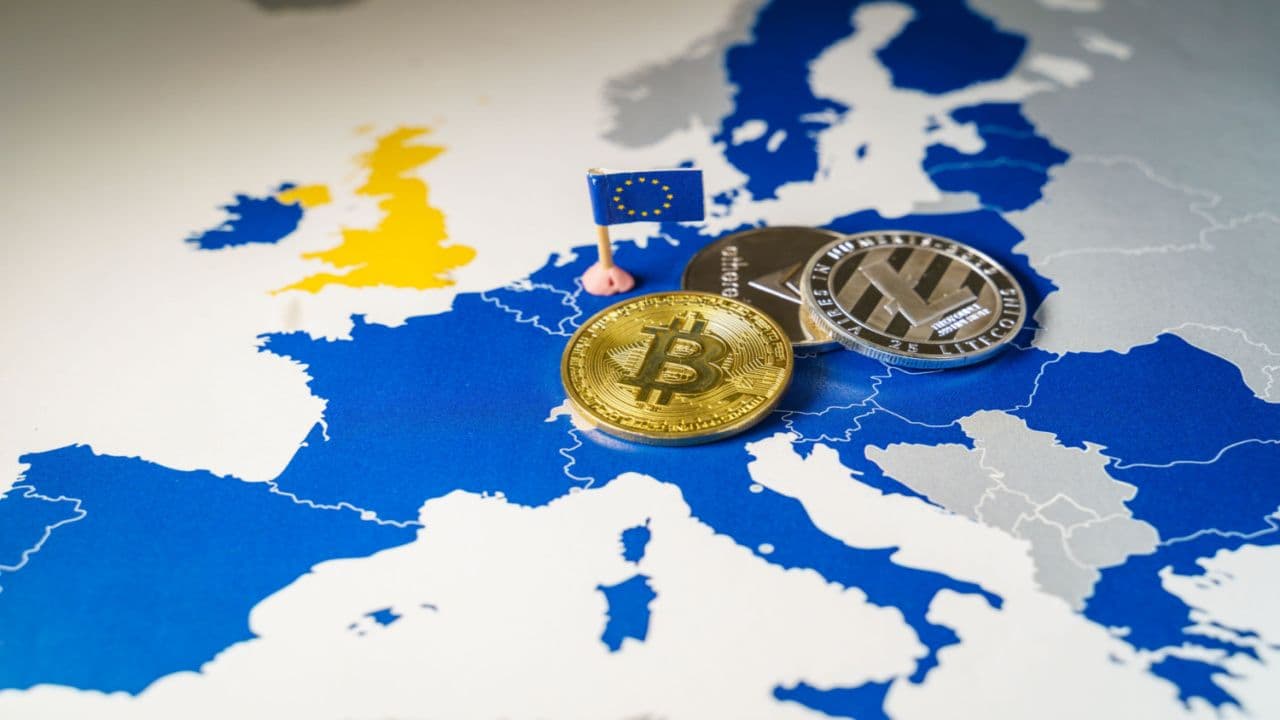Intro
To date, a snapshot of the situation in Europe shows that a form of regulation is needed for a very simple reason: today's rules are difficult to apply. So the MiCA Regulation is introduced.
Premise
Before introducing the positive and negative aspects of the Regulation, an important premise must be made.
Today we are talking about the introduction of regulation but we need to understand what meaning is attributed to this, because, from what we can see, blockchain and crypto assets are certainly a very dynamic sector, still very much in its infancy, which can develop very rapidly . Among other things, it is a sector that will become very important for finance in general because at the moment stable coins, the digital Euro, tokenized assets and so on are arriving, a whole series of elements that directly affect banks and financial operators . So, from my point of view, I understand that we want to introduce regulation, but we must also be careful not to slow down the development of a sector that in a certain way has already entered the minds of most people, with its risks and its benefits.
In any case, it is true that there are particular situations of abuse and scams, such as that of FTX, which is the most recent to occur in the cryptocurrency sector, but it is also true that customer awareness of risk in this sector has increased and she is very tall. Today there is no user who loses money because he made a mistake in buying cryptocurrencies and then believes he has been unfairly damaged; everyone knows that there is a potentially great opportunity but, at the same time, everyone knows that there are risks that must be taken into consideration.
The MiCa regulation : Pros and cons
That said, after years of intense negotiations and a political agreement reached around 10 months ago, the MiCA Regulation was finally formally voted on and adopted today in the plenary of the European Parliament. This represents a community regulation that regulates the crypto asset sector and will give guidelines that service providers will have to respect to operate regularly in the Union. This rule, however, represents only a part of a broader and more complex rule, which is part of a package called Digital Package and which has its roots a few years ago and is made up of a whole series of other regulations who together try to grasp a single regulation to understand when these crypto assets are financial instruments and, in that case, the already existing legislation is taken to modify it.
The MiCA Regulation , however, deals with the vast majority of assets that fall into the conventional category of utility tokens, as well as e-money tokens that fall within the category of stable coins. It is an extremely complex regulation which fundamentally suffers from the fact that the Community legislator has almost taken inspiration from already existing regulations, typically from those of the financial markets and, unfortunately, by taking large parts of the financial market regulations it is already a little lame because it fails to capture exactly the peculiarities or opportunities that this technology could actually provide to some sectors to help their development, without disturbing the financial markets.
In addition to what is defined in the introduction, the Regulation presents some non-negligible negative factors, including:
- Regulatory burden, i.e., the burden that regulatory compliance could create for issuers and exchanges of crypto assets , which could be expensive and time-consuming, especially for small companies. This could somewhat discourage innovation and growth of the Industry especially if the regulatory requirements are considered too onerous. This concept is linked to the above-mentioned question of having to provide regulation while trying, however, not to repress the technology underlying everything.
- ambiguity in regulatory decisions, where in fact some conditions conflict with each other and do not give a clear result. For example, the classification of NFTs within the MiCA legislation is unfortunately not clear because, while the art. 2 (3) and related Recital 10 suggest that NFTs should remain outside the scope of MiCA, Recital 11 states that if NFTs are issued in a “large series or collection” they can be considered NOT to actually be fungible, meaning their issuance and other integrated services (e.g. an NFT marketplace) could be subject to MiCA requirements.
In addition to these initial considerations, which are slightly contrary to the MiCA Regulation , some positive conditions must be mentioned.
The first is that this regulation represents a global benchmark, that is, there is no one else in the world who has imagined doing something like this, so much so that the SEC today is even trying to cancel the effects of blockchain technology in the context of cryptocurrency transactions, considering each of these, except bitcoin, a security token. Furthermore, regarding the regulation of crypto assets, it is trying to do a similar thing, copying a bit from Europe which started before and it is precisely in this sense that Europe is proposing itself as a leader in this homogeneous regulatory activity . The fact that other countries copy from Europe is not to be considered a negative fact because being a global economy, the more effectively the regulations of other economic areas become similar to European ones, the easier it is for companies to develop their business.
Another positive point is the greater legitimacy created by this regulation. Regulation of the crypto asset markets will help the legitimacy of the Crypto Asset Industry . Providing a clear regulatory framework for them helps to promote greater confidence among investors, attract more capital to the industry and stimulate innovation and growth in the sector, offering greater opportunities for investors to participate in the market.
Investor protection is also in favor. Such regulation will certainly provide investors with greater protection through a series of measures, such as requiring issuers to disclose material information to investors and imposing stricter rules on exchanges that trade crypto assets, increasing market transparency and accountability . By doing so, investors would be better able to make informed investment decisions.
Considerations
Beyond any element, whether positive or negative, an important factor to consider and not underestimate is that it is not correct to say that the MiCA Regulation will guarantee protection from scams or market manipulation. Specifically, the MiCA Regulation does not serve to avoid fraud itself.
Let's take the case of Bernard Madoff who exploited all existing regulations to create funds, which were regulated and which in turn had a custodian bank. It was a privilege for the industry to invest in his funds because Madoff himself had an excellent track record.
Same thing for FTX and its founder and CEO Sam Bankman-Fried. The best in international finance gave him money and I don't think they were naive. All this happened precisely because he presented himself well and with highly regulated structures.
This is to say that the solution, therefore, is not always to be found where there is a malicious attitude. With or without regulation, those who want to defraud others organize themselves to sell non-existent financial products, in full compliance with the regulations.
I also want to clarify that there are complex phenomena that must be activated to accompany new technologies in obtaining the right regulatory framework, which allows obtaining results that are complementary and for this the MiCA Regulation must come to the rescue . Therefore, on the one hand the company must know in which terrain it can invest and according to which rules to play this market game which cannot be placed in just one national sector; on the other hand, users must be accompanied to understand in depth what risks, opportunities and protections they may have in this sector.
Conclusions
To conclude I want to make one final consideration. If I buy Bitcoin today and put it aside there is, on the one hand, the risk that I could lose part or all of the invested value, on the other hand, Bitcoin could earn a lot and therefore could, according to many, transform in a financial product. At this point, in some European countries, including Italy, the definition of financial product transactions, if not well interpreted and respected, could entail the risk of imprisonment, as established by the Italian Criminal Court of Cassation. In other states, however, including Germany, France and Holland, this situation is always considered illegal, but only on an administrative level and not on a criminal level. Even in certain countries it is permitted to initiate transactions with financial products because there is no specific regulation.
Therefore, with the MiCA Regulation , beyond the positive or negative points, there is the need to standardize the taxonomy throughout Europe to create regulatory harmonization, fill the gaps in regulatory arbitrage and allow companies to operate on a European basis without the need for 27 different licenses and supervisors.

